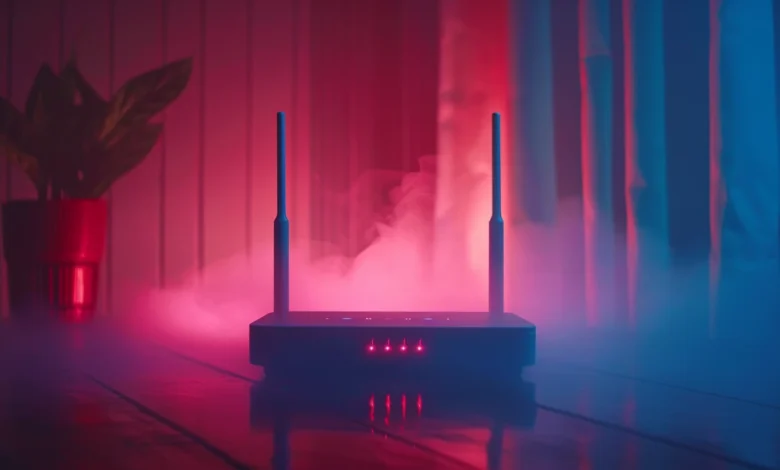Networking Devices Still at Risk from Pixie Dust Attacks

▼ Summary
– The pixie dust vulnerability in WPS, discovered in 2014, still affects consumer and SOHO networking equipment globally.
– This attack exploits weak key generation in WPS, allowing attackers to brute-force the PIN in seconds after capturing a handshake.
– Of 24 tested devices from 6 vendors, only 4 received patches after ~9 years, while 20 remain unpatched with 13 still supported.
– Affected devices may appear secure due to disabled WPS in UI but remain exploitable at firmware level, creating risks in high-trust environments.
– Researchers advise organizations to audit configurations and analyze firmware, while vendors should provide transparent advisories and secure defaults.
A significant security flaw first identified nearly a decade ago continues to threaten home and small office networking devices globally. Known as the pixie dust attack, this vulnerability exploits weaknesses in the Wi-Fi Protected Setup (WPS) protocol, enabling unauthorized access to private networks with alarming speed.
WPS was designed to simplify connecting devices to a wireless network by allowing an eight-digit PIN instead of a traditional password. Unfortunately, this convenience comes at a cost. Researchers highlight that the attack takes advantage of poor randomness in how some devices generate encryption keys. By intercepting a single authentication handshake, an attacker can brute force the WPS PIN in seconds, bypassing security measures entirely.
Once the PIN is compromised, intruders gain full access to the network, putting sensitive data and connected devices at risk. This is not a theoretical threat, real-world tools that automate the process are readily available online.
Recent analysis examined firmware from 24 different networking products, including routers, range extenders, and access points from six major manufacturers. Half of the tested devices came from TP-Link, though other vendors remain unnamed. Devices were selected based on market relevance, firmware availability, and known WPS support.
The findings are concerning. Only four devices received patches for this vulnerability, and those fixes took an average of nine years to arrive. Among the remaining 20 unpatched devices, 13 are still under active support, while seven have already reached end-of-life status with no resolution in sight.
Perhaps most troubling is that many devices appear secure on the surface. User interfaces may show WPS as disabled or hidden, but the feature remains active at the firmware level. This creates hidden risks, especially in environments like healthcare, retail, or remote offices where network trust is critical.
While an attacker must be within physical Wi-Fi range to carry out this attack, the persistence of the flaw points to broader issues in firmware development and supply chain management. Outdated code often remains in circulation, and vague vendor patch notes frequently fail to address specific vulnerabilities like pixie dust.
To protect against such threats, organizations should audit default wireless settings and perform binary analysis on firmware to identify vulnerable components, even without access to source code or vendor documentation. Manufacturers, meanwhile, are urged to adopt transparent security advisories and implement secure-by-design principles, including rigorous cryptographic reviews for reused software modules.
Staying informed about emerging threats is essential for maintaining cybersecurity readiness. Regular updates and proactive monitoring can help mitigate risks posed by long-standing vulnerabilities like these.
(Source: HelpNet Security)




